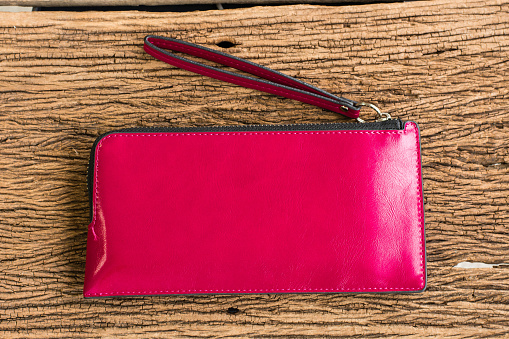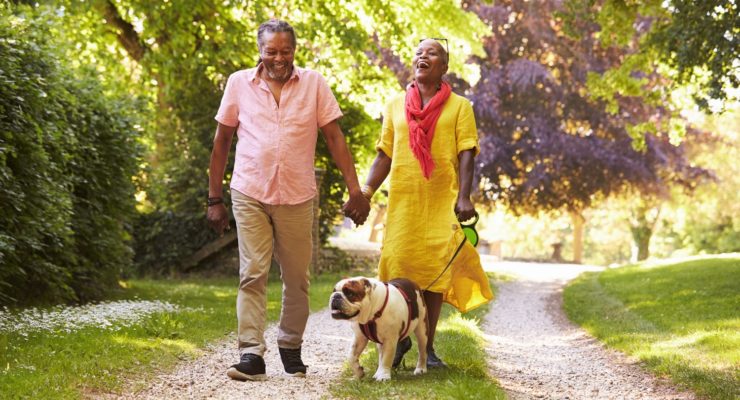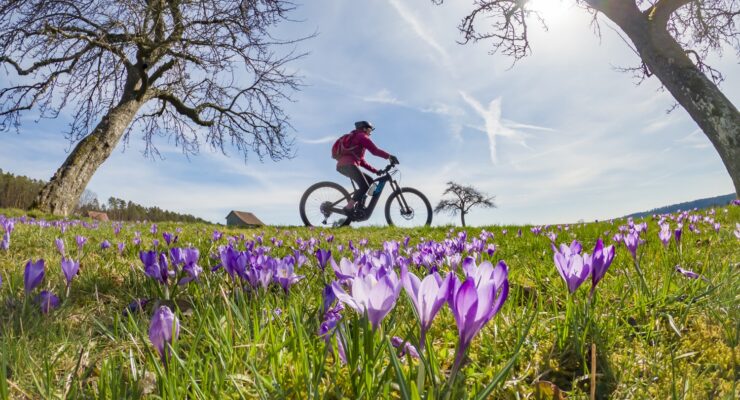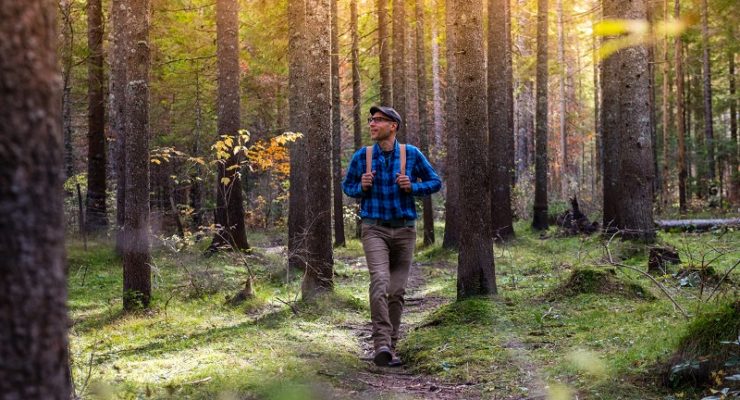11 Cold Weather Workout Essentials
Article posted in: Fitness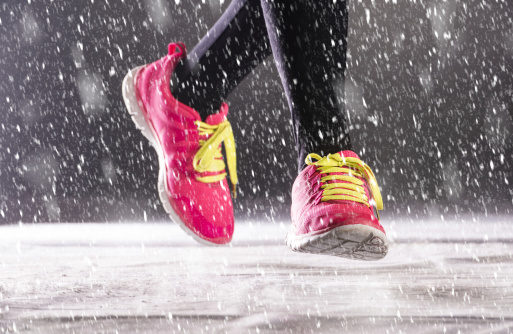
The biggest threat to your exercise program is just around the corner. Can you say, “polar vortex?” There’s nothing like bitter wind and cold temperatures to make staying put on a comfy couch look so, so inviting.
A 2007 European Journal of Clinical Nutrition study confirmed what we already know: We hit our lowest level of physical activity in winter and, probably not coincidentally, our peak weight gain.There’s nothing you can do about the cold weather, but you can laugh in its face if you have the right winter exercise gear. Of course, the key is layering and choosing the right kinds of fabrics that will keep you warm, dry, and mobile. Here’s your shopping list from head to toe:
1. Hat
There are plenty of choices for insulating, wind-blocking, even waterproof headgear from headbands that protect your ears (and avoids hat hair) to caps, beanies, and even balaclavas, which cover from head to neck. You can always go with wool, but there are a plethora of high-tech fabrics designed to wick away sweat to keep you dry. Look for an all-purpose beanie you can wear under your favorite wool hat. Nike makes them for men and women with patented “Dri-FIT” spandex-blend fabric.
2. Sunglasses
The sun may not be enough to keep you warm, but it’s still throwing off ultraviolet light that can damage your eyesight. In rare instances it can cause photokeratitis, a kind of sunburn of the eye, according to the American Optometric Association. Over the long term, UV exposure contributes to cataracts and macular degeneration, which is a leading cause of blindness. Look for sunglasses that block out both UV-A and UV-B light and up to 90 percent of visible light. RPM Squared Sunglasses by Oakley filter out all UV light, plus they’re lightweight, and have silicone tips that keep them in place.
3. Lip Balm
Keep away painful chapping with a layer of lip balm, such as Burt’s Bees’ all-natural beeswax and vitamin E lip balm with a hint of peppermint oil.
4. Base Layer Tops
Be prepared with two or three layers both top and bottom. The one next to your skin should be designed to wick away sweat, which helps you regulate body temperature. The second should be an insulating layer that keeps the cold out. The third is your protection against wind, rain and snow.
Look for wool and synthetic fabrics for that bottom layer—like Merlino wool, Polartec, or Capiliine, found in Patagonia outdoor wear. There are also wool-synthetic hybrids and clothing that combines sweat-wicking and insulation, such as Under Armour’s UA Cold Gear Cozy ½ zip, which has a soft inner layer and a smooth outer layer to keep sweat from building while at the same time keeping heat in. Another feature to look for, found in this garment: long sleeves with thumbholes to help keep the sleeves in place and your hands warmer.
For extra protection, think turtleneck. Athleta’s Flurry Base Layer Turtleneck gives you extra cold coverage (it’s meant for skiing and snowboarding). It also contains silver salts to curb microbes that cause unpleasant odors (hence it’s called “unstinkable”).
5. Base Layer Pants/Leggings
Consider long underwear—some is made of thermal material, others of wool or silk—for both men and women.
Look for leggings and pants with the same moisture-wicking and warming qualities, such as Athleta’s Colorblock Powerlift Tight, which comes in a wide variety of sizes and is made of Polartec material. It also has side pockets for smartphones and other essentials. Another version, Reflective Detail Powerlift Tight 2.0, has reflectors on the bottom for night runs or walks.
6. Outer Wear
Your best bet is to look for something that’s waterproof or water resistant because those fabrics are still breathable. You want to keep moisture from getting to your skin—and to keep sweat from collecting underneath your gear. Waterproof jackets are also wind-proof. For changeable weather, carry a wind-resistant outer jacket that’s light enough to stuff into your pocket when you don’t need it. North Face, for example, makes a windproof, waterproof jacket with Dryvent technology that keeps the elements out but is breathable.
7. Gloves
You used to only have a few choices—wool, leather, or synthetic. Today, technology has turned gloves into heaters (with batteries and all). Venture, available from TheWarmingStore.com has a wide variety of battery operated heated gloves and glove liners for all kinds of activities. A cheaper alternative: Hot Hands hand warmers, which are air-activated and last as long as 10 hours. Just place them inside your gloves (or any other garment). If the point is to also stay dry, look for waterproof, windproof and breathable, just like your other base layers. SealSkinz is a company that makes “endurance accessories” including thermal and waterproof gloves, including some with touchscreen grip so you can work your cellphone without removing the gloves.
8. Socks
Drymax Cold Weather running socks, and walking socks have a dual layer moisture removal system to keep feet dry, with protective padding in the heel, forefoot and toes that’s not so thick that it will affect how your shoes fit. Bonus: They’re designed to not leave marks on your legs.
9. Shoes
Any comfy supportive walking or running shoe will do most of the time, but if you’re looking for little extra help—like something to keep your feet dry too—check out one of outsideonline.com’s top picks for 2016: Altra LonePeak NeoShell shoes for women and men,. They’re waterproof on the outside but still breathable so your feet aren’t wet on the inside. The toe box is foot shaped so your toes have room to spread out. They also have a stone guard above the midsole to keep rocks from digging into your feet.
10. Traction Cleats or Snow Shoes
Don’t let a little ice or snow keep you from your appointed rounds. Traction cleats, like, YaxTrax Run, have gripping pikes and fit over running or walking shoes. Or you could buy some snow shoes. LLBean makes some specially for winter fitness walking—they’re aluminum and so small, they don’t look like you’re wearing tennis rackets on your feet.
11. Reflective Gear
If you’re planning to exercise at night, consider reflective vests, head bands, hats, gloves or even socks (yes, there are night running socks) so you don’t pose a danger to motorists—and yourself. They’re all available, along with wearable lights, at most sporting goods stores.



